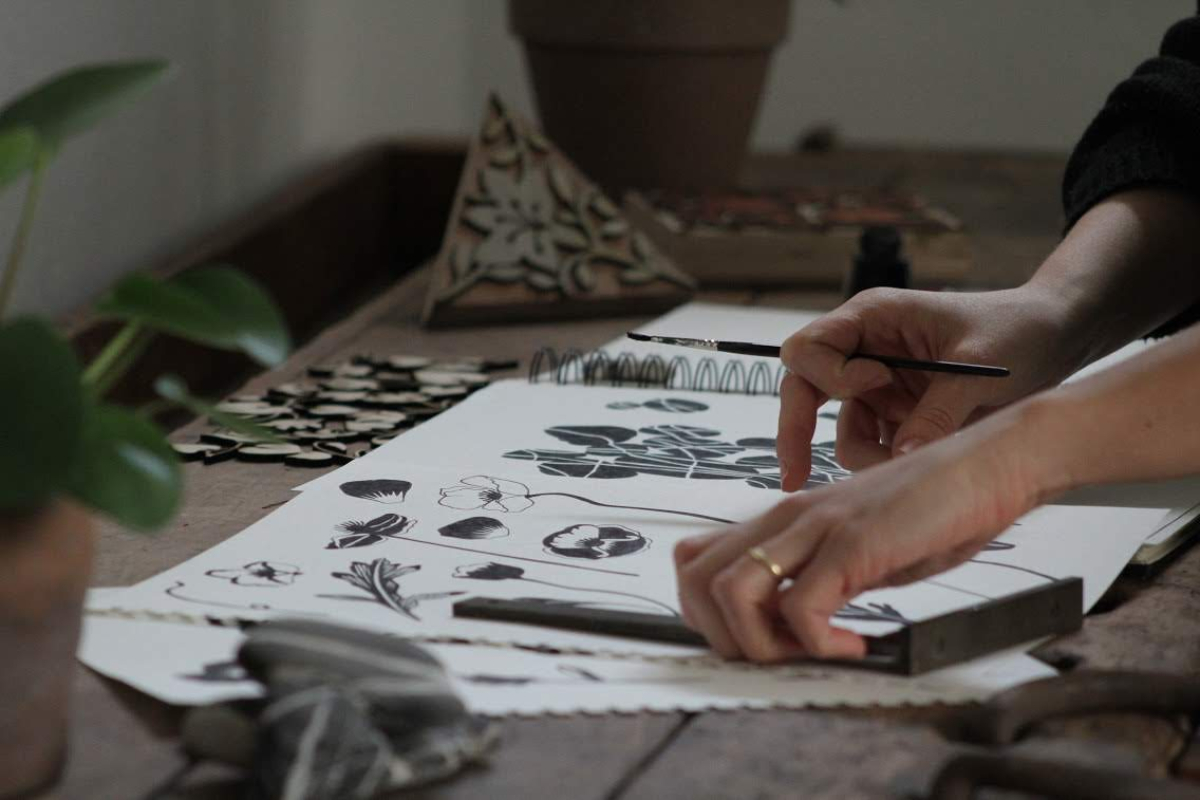Rust prints and weavings with marsh grasses, mosaics in Ravenna and ceramics in Faenza, timeless workshops in the centre of Ferrara, terracotta and wrought iron: when it is said that we people of Romagna are easy-going, perhaps it is not just a matter of the friendliness and hospitality that have always distinguished us in welcoming tourists from all over the world.
Partly out of necessity, partly out of genius, in Romagna being a craftsman has always been more than merely an occupation: here, in fact, for centuries, men and women have been using their creations to tell the story of a powerful bond between social life and productive life, a common denominator that still today unites traditions, customs and history in the spirit of ancient techniques handed down from generation to generation in the workshops.
Not historical reconstructions, but living traditions. Not least because the old masters are being increasingly well supported by creative young people who are revising the knowledge of the past in a modern key, casting a new eye on art and design.
So that’s why, among the many ways to explore Romagna, one can also follow the work of its craftsmen. How? First of all, by visiting laboratories, workshops, studios and ateliers, to observe the craftsmen of Romagna up close and see how they work, taking part in courses and lessons and, of course, buying mementos that are much more than mere souvenirs.
However, handmade Romagna can also be experienced during a trip to the hills or by the sea, simply by eating a piadina cooked in a Montetiffi pan, perhaps wrapped in a napkin ironed in a mangle, and drinking a Sangiovese served in a majolica jug.

What are we talking about when we talk about artisan tourism in Romagna? A perfect example is Ravenna. Ravenna is the city of Mosaics, first and foremost because of its eight UNESCO World Heritage monuments, created between the 5th and 6th centuries AD by extraordinary artists and daring builders: the golden mosaics of the dome of the Basilica of San Vitale, even after almost 1,500 years of amazement, still shine in the eyes of every traveller, from Lord Byron to Gustav Klimt right up to the present day.
Ravenna is the city of Mosaics for the MAR Museum, with its ever-growing collection of modern mosaics that actually surpass the traditional technique, and for the Biennial of Contemporary Mosaics, the international exhibition that brings artists and schools of mosaic art from all over the world to the city.
As a matter of fact, in Ravenna mosaics are everywhere, not only in monuments and museums. They are on street signs, in parks, in flowerbeds, in shop windows and on walls, thanks to the onslaught of Invader, the international street artist.
So too, Ravenna is the city of Mosaics also because it hosts dozens and dozens of workshops and craftsmen’s studios where every tourist can gaze in awe at the craftsmen at work, buy some of their creations and even perhaps put themselves to the test in a course on mosaics that will lead them to create their own handcrafted work.
The same happens in Faenza with ceramics: thanks to the collections at the International Museum of Ceramics, one of the world’s most important, to major events such as Argillà and Made in Italy, to the historical tradition of the goths with the Nott de Bisò and to the modern tradition of District A, the district with a high density of art dotted with craftsmen’s studios.
And this is also the case in Santarcangelo and Gambettola for rust prints, in Villanova di Bagnacavallo for weaving marsh grasses, in Ferrara with its historic town centre where you can shop as in the days of Isabella d'Este: in Romagna, tourism is also made by hand.